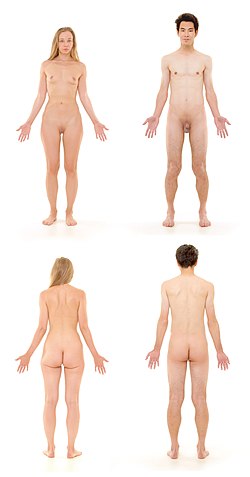Open main menu ©Aah.Towfiqβ Search Edit Watch this page Read in another language Medicine This article is about the science of healing. For medicaments, see medication. For other uses, see Medicine (disambiguation). "Academic medicine" redirects here. For the journal, see Academic Medicine (journal). Medicine is the science and practice of the diagnosis, treatment, and prevention of disease. Medicine encompasses a variety of health care practices evolved to maintain and restore health by the prevention and treatmentof illness. Contemporary medicine applies biomedical sciences, biomedical research, genetics, and medical technology to diagnose, treat, and prevent injury and disease, typically through pharmaceuticals or surgery, but also through therapies as diverse as psychotherapy, external splints and tr...




Comments
Post a Comment
Here all information related to medical and doctoral health is published. Visit any of these languages in your language to see your language.